
How to Taste Whiskey: "The Murray Method"
I host a monthly whisky tasting at my house with a small group of friends and family. Recently, at one of those tastings, I was gifted with a copy of the 2016 edition of Jim Murray's Whisky Bible, considered to be the most comprehensive and thoroughly researched guide to the world's whiskies ever produced, along with a bottle of the number one rated whisky from that year, Crown Royal Northern Harvest Rye. Yes, it's a very nice pour.
The 2016 edition includes more than 1,000 new whiskies among the more than 4,600 whiskies tasted, evaluated, and rated including more than 2,500 Scottish single malts, 400 blended Scotches, 400 American whiskeys, Irish whiskey, Canadian whisky, European whisky, and a smaller selection of whiskies from countries such as Argentina, Australia, Brazil, Bhutan, India, New Zealand, South Africa, Taiwan, and Uruguay, followed by a few more miscellaneous products, a couple of which aren't even whiskey.
Why Follow a Specific Whiskey Tasting Method?
Of course, there is no 'requirement' to follow a specific method, but if you are going to be tasting whisky regularly, following the same tasting method each time will provide a consistent experience, which should help to ensure that each whisky is being tasted under the same conditions, to the greatest extent possible.
The following method for tasting whiskey is taken from page 9 of the 2016 edition of Jim Murray's Whiskey Bible.
"The Murray Method"
- Drink a black, unsweetened, coffee or chew on 90% minimum cocoa chocolate to cleanse the palate, especially of sugars
- Find a room free from distracting noises as well as the aromas of cooking, polish, flowers and other things which will affect your understanding and appreciation of the whisky
- Make sure you have not recently washed your hands using heavily scented soap or are wearing a strong aftershave or perfume
- Use a tulip shaped glass with a stem. This helps contain the alcohols at the bottom yet allows the more delicate whisky aromas you are searching for to escape.
- Never add ice. This tightens the molecules and prevents flavours and aromas from being released. It also makes your whisky taste bitter. There is no better way to get the least from your whisky than by freezing it.
- Likewise, ignore any advice given to put the bottle in the fridge before drinking
- Don't add water! Whatever anyone tells you. It releases aromas but can mean the whisky falls below 40%…so it is no longer whisky. Also, its ability to release flavours and aromas diminish quite quickly. Never add ridiculous "whisky rocks" or other supposed tasting aids.
- Warm the undiluted whisky in the glass to body temperature before nosing or tasting. Hence the stem, so you can cradle in your hand the curve of the thin base. This excites the molecules and unravels the whisky in your glass, maximising its sweetness and complexity.
- Keep an un-perfumed hand over the glass to keep the aromas in while you warm. Only a minute or two after condensation appears at the top of your glass should you extend your arms, lift your covering hand and slowly bring the glass to your nose, so the alcoholic vapours have been released before the glass reaches your face.
- Never stick your nose the glass. Or breathe in deeply. Allow glass to gently touch your top lip, leaving a small space below the nose. Move from nostril to nostril, breathing normally. This allows the aromas to break up in the air, helping you find the more complex notes.
- Take no notice of your first mouthful. This is a marker for your palate.
- On second, bigger mouthful, close your eyes to concentrate on the flavour and chew the whisky - moving it continuously around the palate. Keep your mouth slightly open to let air in and alcohol out. It helps if your head is tilted back very slightly.
- Occasionally spit - if you have the willpower! This helps your senses to remain sharp for the longest period of time.
- Look for the balance of the whisky. That is, which flavours counter others so none is too dominant. Also, watch carefully how the flavours and aromas change in the glass over time.
- Assess the "shape" and mouth feel of the whisky, its weight and how long its finish. And don't forget to concentrate on the first flavours as intensely as you do the last. Look out for the way the sugars, spices and other characteristics form.
- Never make your final assessment until you have tasted it a third or fourth time.
- Be honest with your assessment: don't like a whisky because someone (yes, even me!), or the label, has tried to convince you how good it is.
- When you cannot discriminate between one whisky and another, stop immediately.
For those who have been to a whisky tasting as part of a distillery tour, or other event, you'll notice some differences between Jim's method and what you've experienced. For example:
- Most tastings I've done have tulip shaped glasses, but I was at Jack Daniel's recently and their tastings were provided out of small disposable plastic cups. This is not what you usually see. Most distillery tastings I've been to use tulip-shaped tasting glasses, unless you are just getting some free samples.
- Every distillery I've been to gives you water in a small bottle with a dropper to add a few drops of water to the whisky. The thinking is that the water breaks the surface tension and opens up the aromas and flavors, but as discussed above, while Jim agrees that water opens up the aromas and flavors, he thinks the effect is very short-lived, and does not see the benefit.
Should you Follow "The Murray Method?"
Whether you follow 'The Murray Method," or some other method of tasting whiskey, it's important to use the right glassware (a Glencairn glass, or similar tulip-shaped glass), and follow a consistent set of steps, to get the most enjoyment out of the whiskey tasting experience. Following the same procedure each time ensures you are comparing apples to apples. Often the difference between 2 whiskeys can be very subtle, and those differences could get missed if you are not cleansing your palate between whiskeys the same way, or if you are adding water to one, and not the other, or introducing some other inconsistent variable to your process.
Regardless whether you see the benefit of following all the steps in "The Murray Method," hopefully you'll incorporate at least a few of these steps the next time you go to a whiskey tasting.
Read about How to Host a Whiskey Tasting at Home, what type of glassware you should use, what steps to follow, and a few other tips I've learned from hosting my own whisky tastings. You could even go as far as to craft your own whisky tasting flight boards from old whisky barrel staves to enhance the experience and make it feel more like a tasting at a your favourite whisky distillery.


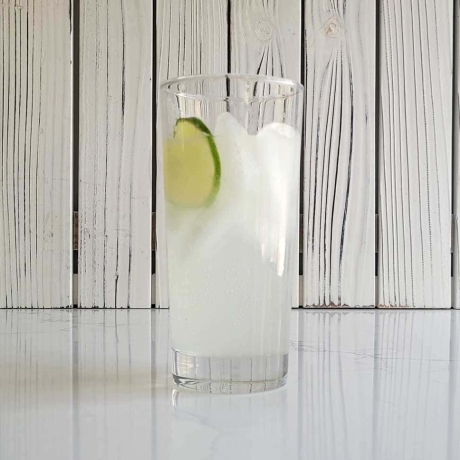
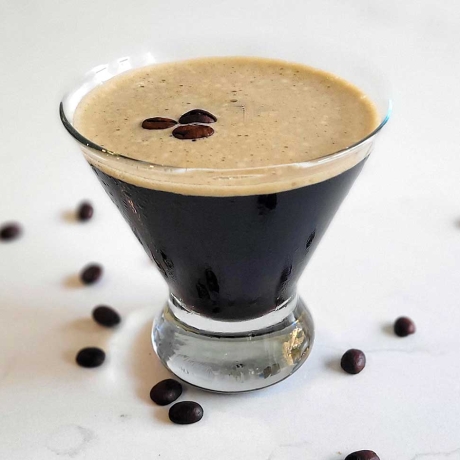
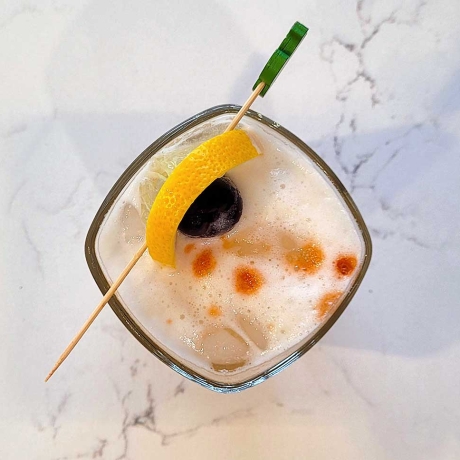

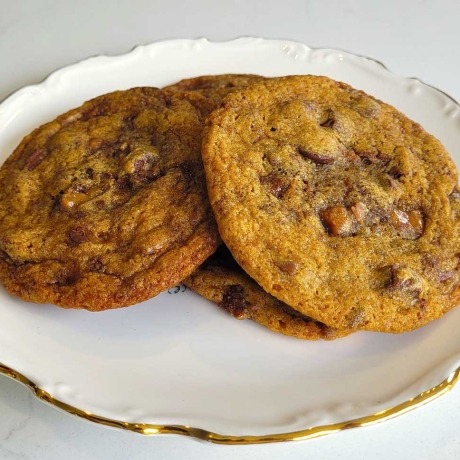

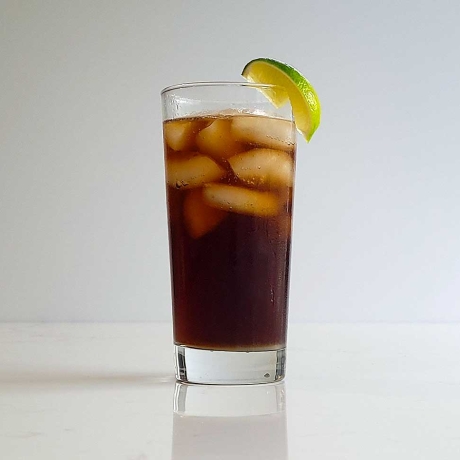

Comments
Be the first to leave a comment.